Maltodextrin
Maltodextrin is a versatile ingredient with various industrial applications beyond just food and beverages. Here are some common industrial applications of maltodextrin:
1. **Pharmaceuticals**: Maltodextrin is used in the pharmaceutical industry as a filler and binder in the production of tablets and capsules. It helps to improve the consistency, stability, and dissolution of pharmaceutical products.
2. **Cosmetics and Personal Care Products**: Maltodextrin is used in cosmetics and personal care products such as creams, lotions, and powders as a binding agent, emollient, or viscosity regulator. It can help improve the texture and stability of these products.
3. **Nutraceuticals**: Maltodextrin is used in the production of nutraceuticals and dietary supplements as a carrier for active ingredients. It can help improve the solubility and bioavailability of certain nutrients and supplements.
4. **Industrial Applications**: Maltodextrin is used in various industrial applications such as adhesives, paper coatings, and textile sizing. It can act as a binder, thickener, or film-forming agent in these applications.
5. **Microencapsulation**: Maltodextrin is often used in the process of microencapsulation, where active ingredients are encapsulated in a protective shell. Maltodextrin can serve as a coating material to protect sensitive compounds and control their release.
6. **Agriculture**: Maltodextrin is sometimes used in agriculture as a carrier for pesticides and fertilizers. It can help improve the dispersion and effectiveness of these agricultural inputs.
7. **Biotechnology**: Maltodextrin is used in biotechnological processes as a carbon source for microbial fermentation. It can serve as a substrate for the production of various compounds such as enzymes, organic acids, and biofuels.
These are just a few examples of the diverse industrial applications of maltodextrin. Its versatility, stability, and solubility make it a valuable ingredient in various industries beyond the food and beverage sector.
₦40,000.00
Description
Maltodextrin is a carbohydrate commonly used as a food additive. It is produced from starch, usually corn, rice, potato, or wheat, through partial hydrolysis. Maltodextrin is a white powder with a neutral taste and is often used as a thickener or filler in processed foods, beverages, and supplements.
Here are some key points about maltodextrin:
1. **Sweetness**: Maltodextrin is not very sweet, which makes it suitable for use in products where sweetness is not desired.
2. **Texture and mouthfeel**: Maltodextrin is often used to improve the texture and mouthfeel of food products. It can help thicken liquids, stabilize emulsions, and enhance the creaminess of foods.
3. **Energy source**: Maltodextrin is easily digestible and is quickly absorbed by the body, making it a source of fast energy. This property makes it popular in sports drinks and energy bars.
4. **Gluten-free**: Maltodextrin is typically gluten-free, but it’s always important to check the label if you have a gluten intolerance or allergy.
5. **Potential concerns**: While maltodextrin is generally considered safe for most people, those with diabetes should be cautious as it can raise blood sugar levels. Some individuals may also be sensitive to maltodextrin and experience digestive issues like bloating or gas.
6. **Regulation**: In the United States, maltodextrin is considered Generally Recognized as Safe (GRAS) by the Food and Drug Administration (FDA) when used in accordance with good manufacturing practices.
Overall, maltodextrin is a versatile ingredient that serves various functions in food and beverage products. However, like with any food additive, it’s important to consume it in moderation and be aware of any potential sensitivities or health considerations.

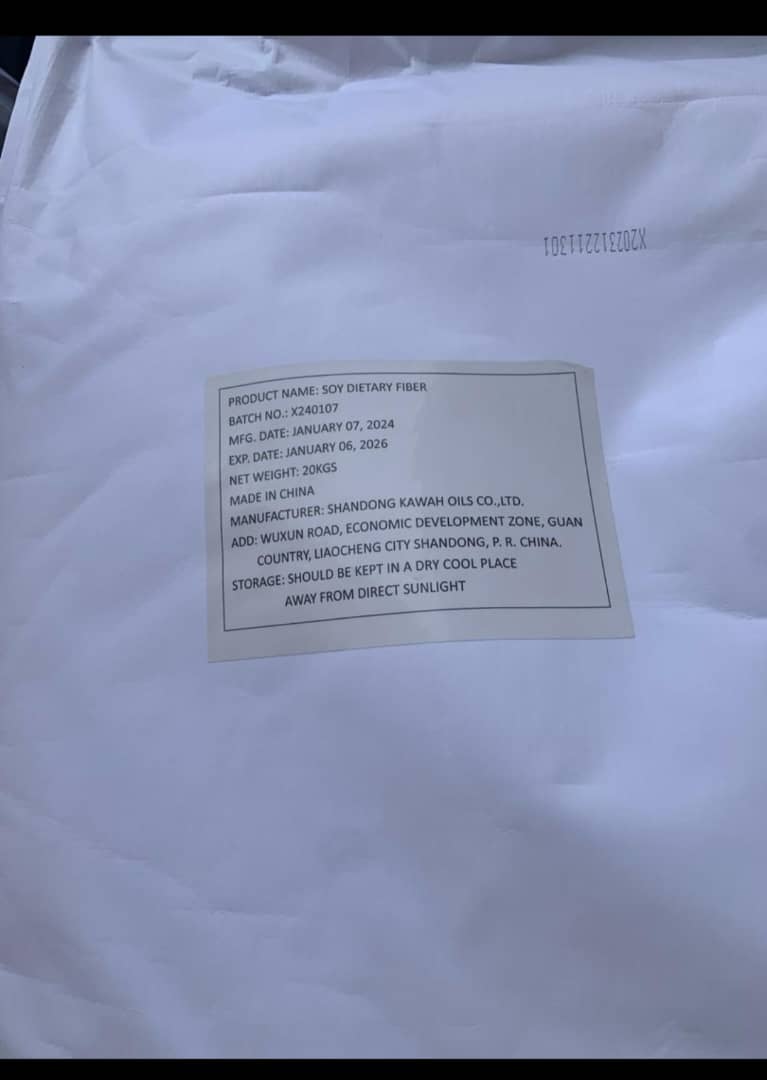
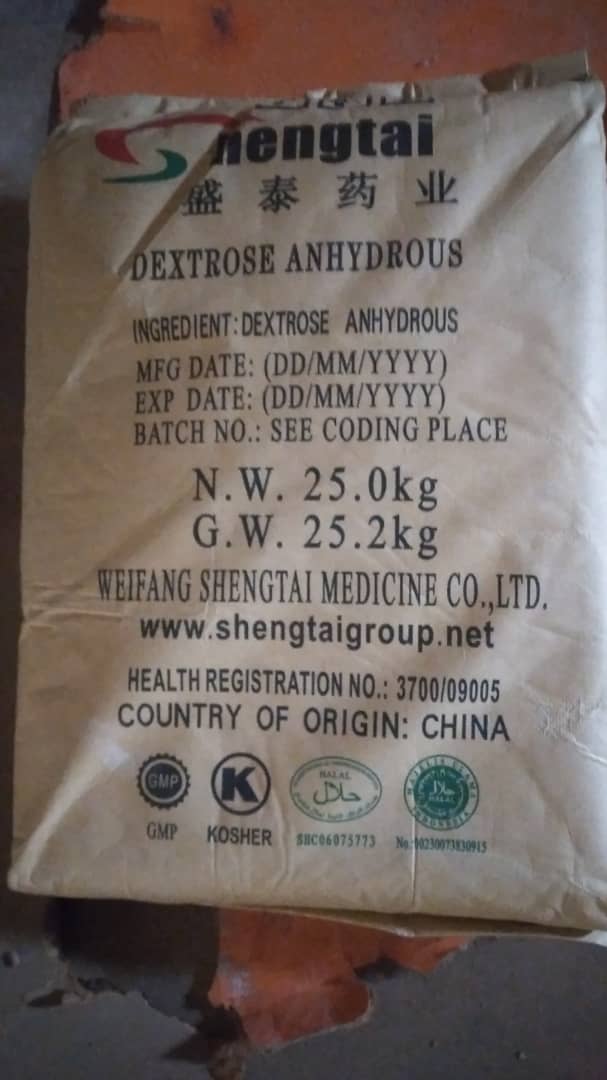
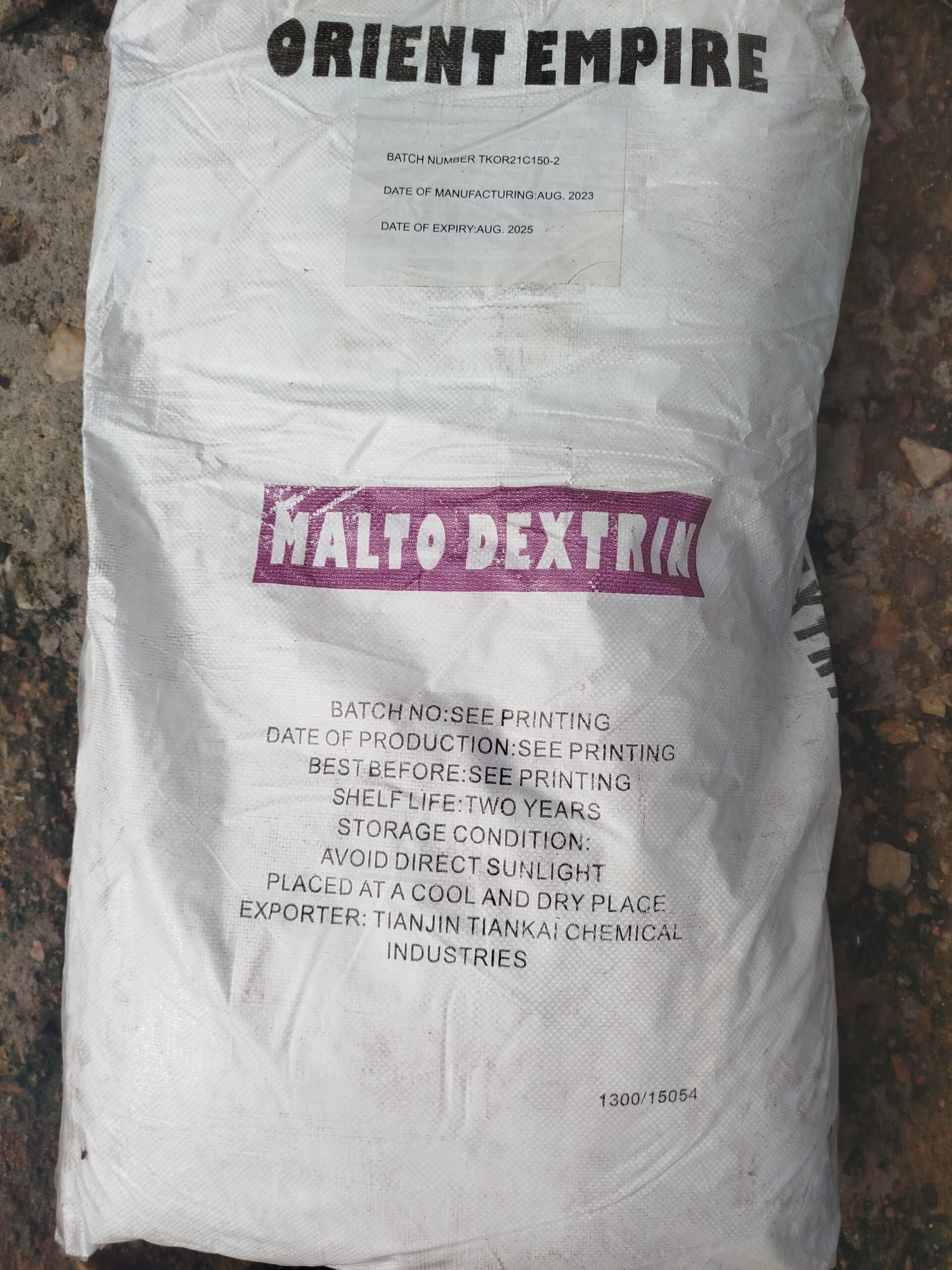

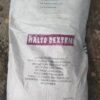

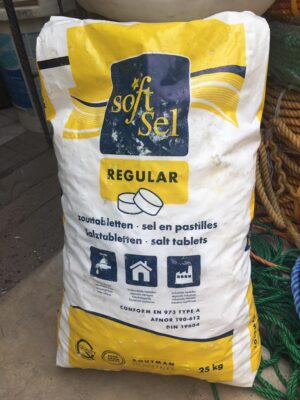
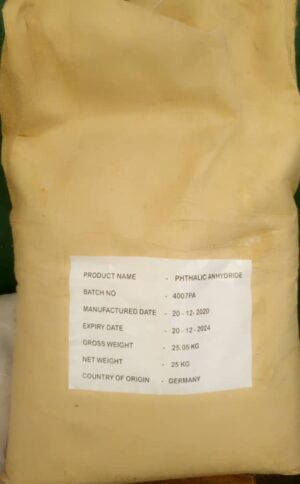
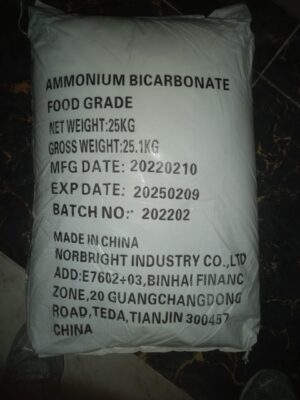


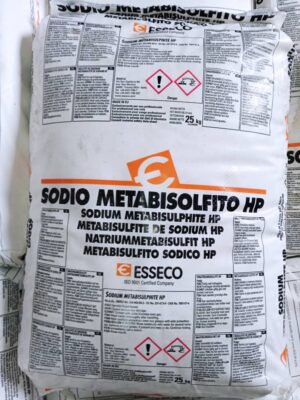
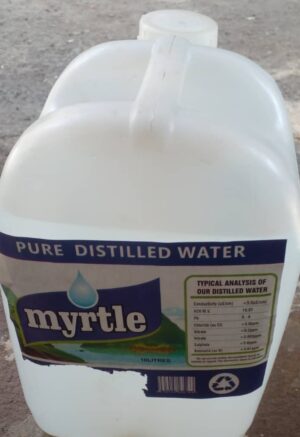
Reviews
There are no reviews yet.